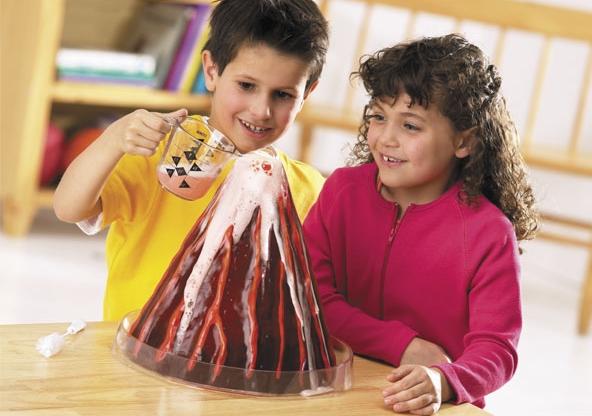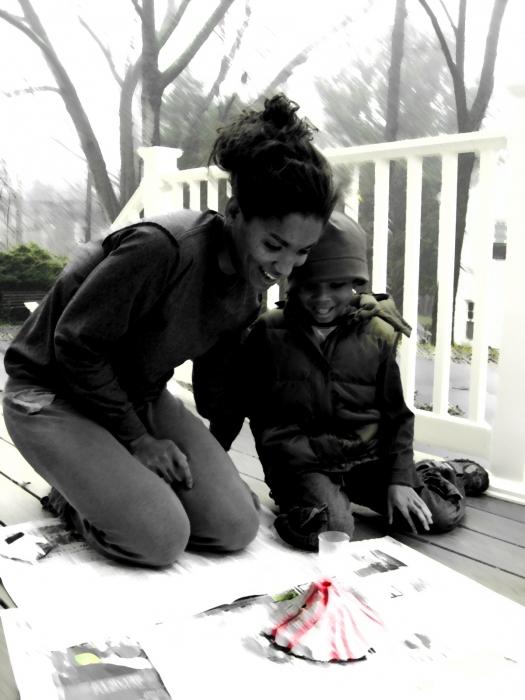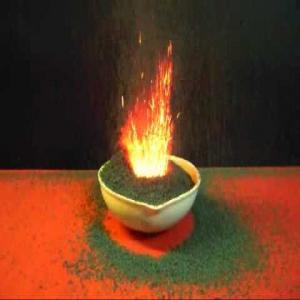How to conduct an entertaining chemistry lesson in the kitchen and make it safe and interesting for your child? Let's try to conduct a real chemical experiment - a volcano in an ordinary dining plate. For this experiment, the following materials and reagents will be required:
- a piece of plasticine (from it we will make the volcano itself);
- plate;
- acetic acid;
- drinking soda;
- dishwashing liquid;
- dye.
The components listed above can easily be found in every home or in the household department of a nearby store. They are safe enough, but, like any experiments in chemistry, this one will also require compliance with safety regulations.
Work description:
- From plasticine, we make the base of the volcano and a cone with a hole. We connect them, carefully covering the edges. We get a plasticine model of a volcano with slopes. The internal size of our design should have a circle with a diameter of about 100 - 200 mm. Before installing the layout in a plate or tray, we check our volcano for leaks: we collect water into it and see if it passes it. If everything is in order - set the layout of the volcano in a plate.
- Now we move on to the next part - lava preparation. Pour one tablespoon of drinking soda into our model of a plasticine volcano, liquid for washing dishes in the same volume and a dye that will color the future eruption in the color corresponding to the real lava. To achieve maximum similarity, you can use food colors, children's paints for drawing, and even regular table beet juice. This chemical experiment should recreate the eruption of a volcano in nature in the eyes of a child.
- To start the eruption, it is necessary to pour a quarter of a cup of vinegar into the crater. During the chemical reaction, the combination of soda and acetic acid leads to the formation of a carbonic acid salt, which is an unstable compound and immediately decomposes into water and carbon dioxide. It is this foamy process that will give our eruption the appearance of a real volcano with lava flows along the slopes. The chemical experience is over.

Demonstration of an active volcano at school
In addition to the type of demonstration of a safe eruption described above, there are many more ways to get a volcano on a table. But it is better to carry out these experiments in specially prepared rooms - school chemical laboratories. The most famous volcano from the school bench Böttger. For its implementation, ammonium dichromate is needed, which is poured with a slide, a depression is made in its top. A piece of cotton wool moistened with alcohol is placed in the crater, which is set on fire. During the reaction, nitrogen, water and chromium oxide are formed. The ongoing reaction is very similar to the eruption of an active volcano.


For memorization, as well as for the development of erudition in children, it is good to associate such a chemical experience with some of the most famous example of the eruption in the history of human civilization, for example, with the explosion of Vesuvius in Italy, all the more so since it is wonderful and useful for horizons can be illustrated by a great reproduction Karl Bryullov's paintings “The Last Day of Pompeii” (1827-1833).
A story about a rather rare and useful profession of a volcanologist will also be interesting for children. These experts constantly observe already extinct and currently active volcanoes, make assumptions about the possible time and strength of their future eruptions.